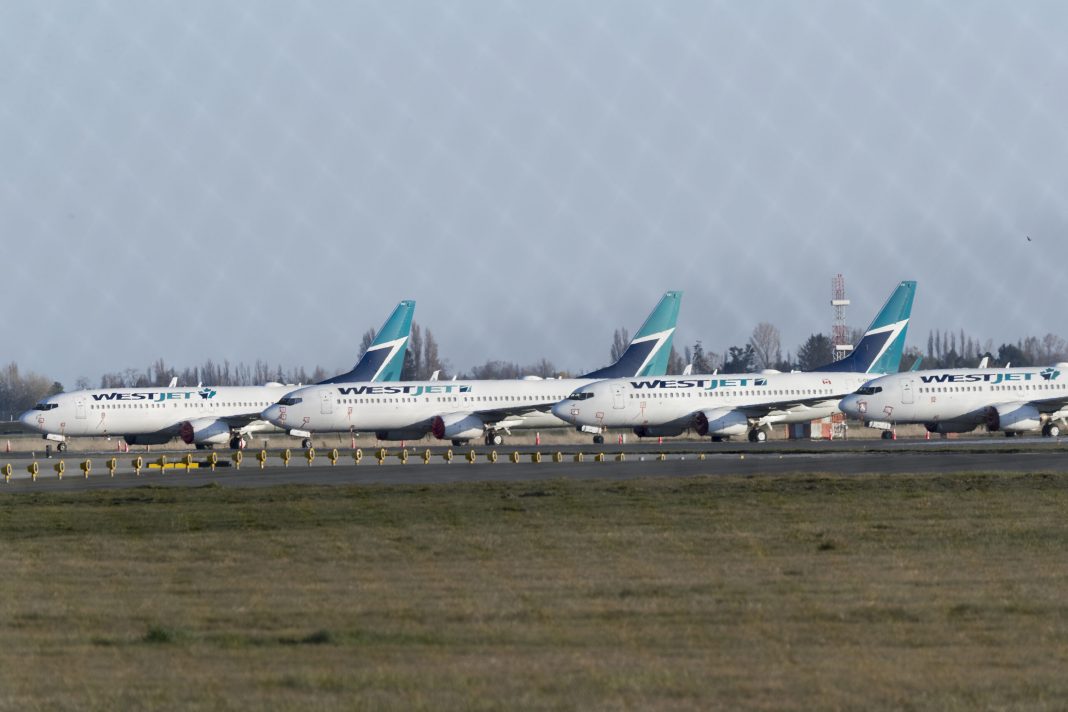It’s a phrase that probably doesn’t need saying, but we’ll say it anyway: Times are tough for the aviation sector. With much lower levels of passenger demand due to travel restrictions and reduced economic activity, airlines are finding ways to adapt to this bleak environment. So besides cutting services, deferring aircraft deliveries, and retiring inefficient jets, what else can be done? Triangle routes might be a useful strategy for this pandemic-stricken environment.

Reducing cash burn
It’s no secret that airlines are far from profitable right now. Money is being spent maintaining aircraft that aren’t flying and a workforce and infrastructure that isn’t being utilized to maximum efficiency.
Indeed, the main focus of many carriers is to reduce the daily cash burn rate as much as possible through whatever means necessary.
“During the September quarter cash burn averaged $24 million per day, and $18 million per day for the month of September” –Delta Air Lines, Q3 Financial Report
Airlines have taken some or all of the steps below to reduce their expenditures:
- Layoff employees or offer lucrative exit schemes
- Retire (or at least park) inefficient jets that are larger and more difficult to fill in this environment (the Boeing 747 and Airbus A380 have been the main targets)
- Defer deliveries of new aircraft

Some airlines are reducing route frequencies or cutting routes altogether. Earlier this week, Canadian airline WestJet announced that it would shut down much of its service in Atlantic Canada:
“It has become increasingly unviable to serve these markets…Since the pandemic’s beginning, we have worked to keep essential air service to all of our domestic airports, however, demand for travel is being severely limited by restrictive policies and third-party fee increases that have left us out of runway without sector-specific support.” -Ed Sims, CEO, WestJet
While it may not directly apply to WestJet’s situation, triangle routes might become a more common strategy to cope with the next year or two of reduced travel demand while, at the same time, maintaining a minimum level of service.
What are triangle routes?
If the name isn’t completely self-explanatory, triangle routes are those where an aircraft will fly from its hub to more than one destination before returning. Most often, there are two destinations, forming a triangle, hence the term ‘triangle route.’ However, this at times can be more than two stops.

Some examples of triangle routes (among many out there) include:
Air France: Paris to Freetown (Sierra Leone), Freetown to Conakry (Guinea), and Conakry to Paris.
Air Transat: Toronto to Porto, Porto to Lisbon, Lisbon to Toronto.
KLM: Amsterdam to Kilimanjaro (Tanzania), Kilimanjaro to Dar es Salaam (Tanzania), and Dar es Salaam to Amsterdam.
These routes allow one aircraft to serve additional cities, providing additional opportunities to fill the cabin and access more markets.
If we use the Air France route above as an example, we can see that the carrier will be able to fill up its A330 more easily by connecting both West African cities to Paris (and vice versa) with one service rather than two separate services – which may be more infrequent or use smaller aircraft.

Why triangle routes work for post-pandemic recovery
Triangle routes seem like the most realistic compromise for this environment of reduced travel demand: Airlines can fill their aircraft and maintain access (and relevance) to markets. Simultaneously, travelers, especially those in smaller communities with few options, will escape the cruel fate of having an airline completely cut operations to less-than-viable destinations.
Of course, the downside to these routes is that they take longer to operate than direct point-to-point service. Passengers from one city will inevitably have to endure an additional take-off and landing, an additional unloading/loading process, and a longer overall journey than if they had a direct, non-stop service.
However, in challenging times like these, the extra stopover (or two) might be the price we have to pay to get airlines back to financial health.
Do you think we’ll see more triangle routes in the near future? Have you ever flown one? Let us know in the comments.
[ad_2]
Source link


